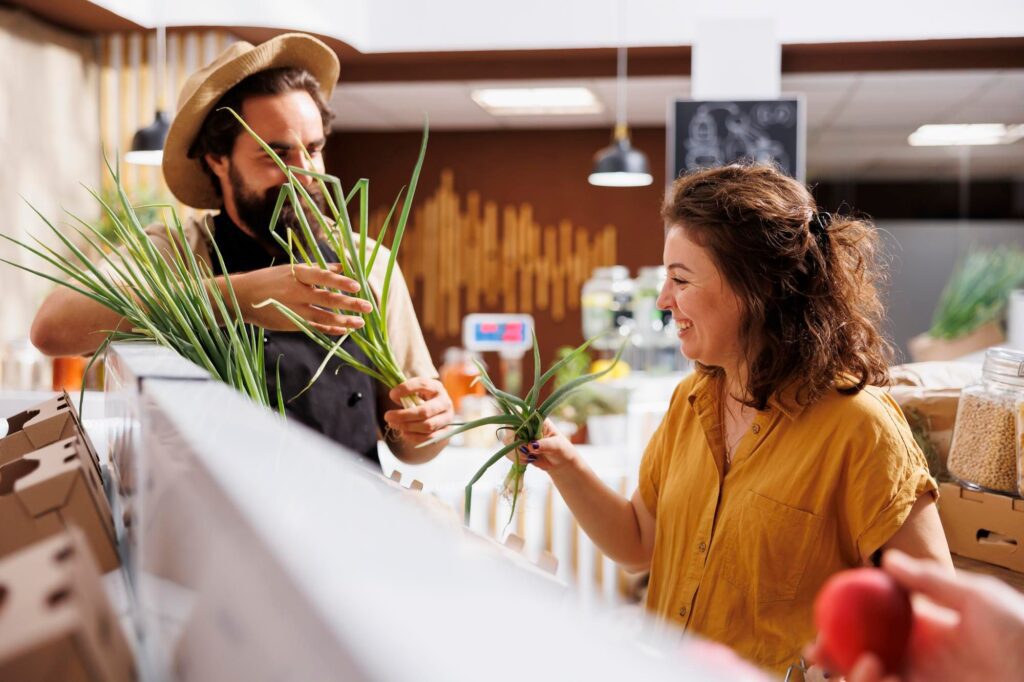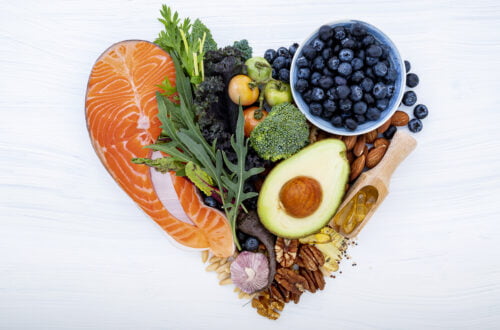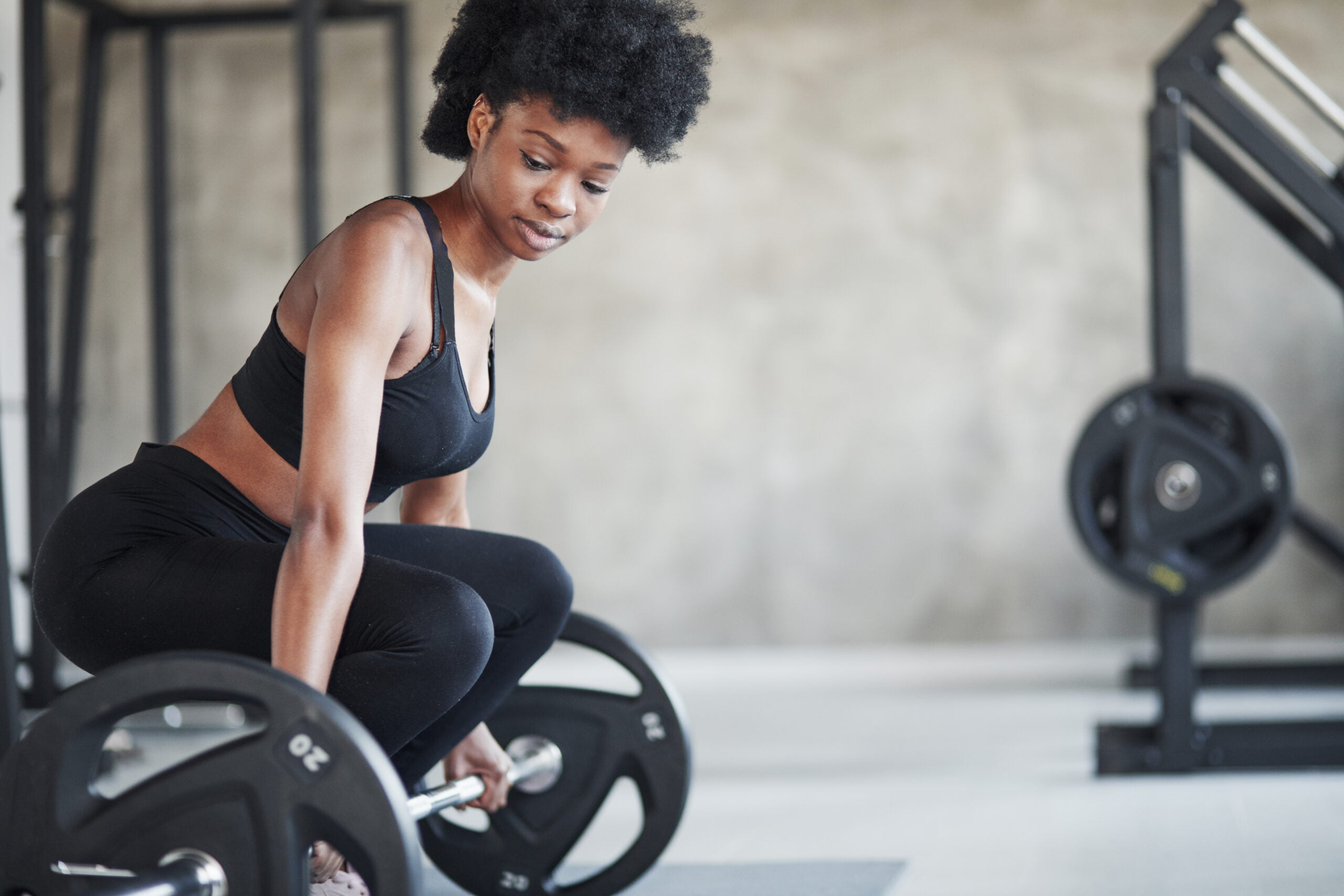How to Spot High-Quality Produce
Have you ever had a disappointing experience in a fresh produce grocery store where the fruits and vegetables you purchased failed to live up to expectations? Poor quality produce not only results in an unsatisfying consumption experience but also is a waste of money. So, how can you identify high-quality produce from mediocre or poor-quality ones? Here are some tips that can help you identify fresh and nutritious produce every time.

Check the Appearance and Texture of High-Quality Produce
The appearance and texture of the fruits and vegetables can tell a lot about their quality. First, pay attention to the color of the product. The color should be uniform, consistent, and vibrant. For instance, ripe tomatoes should be uniformly red, while unripe ones are green. If there are bruises, blemishes, or soft spots on the produce, it indicates some parts may have started to rot or decay.
In addition to appearance, feel the texture of the produce. Fresh produce should be firm to touch but not rock hard. For instance, avocados should feel slightly firm but yield to gentle pressure. Similarly, zucchinis should be firm, and the skin should be glossy and not wrinkled.
Check for Fragrance of All Fruits & Veggies
The smell of the produce is another way to gauge its freshness and quality. Many fruits and vegetables have fragrances unique to their varieties. For example, ripe peaches have a sweet aroma, while ripe strawberries have a subtle, sweet fragrance. If the fruit has no fragrance or an unpleasant one, it’s likely that it’s not fresh or was not harvested at the right time.
Check for Ripeness of High-Quality Produce
Fruits and vegetables taste best when consumed at the peak of their ripeness. Buying a ripe piece of produce means you can consume it immediately, but it also means that it should be consumed right away since it will not last for long. Conversely, buying unripe produce means waiting a few days before it ripens, but it will last longer.
When it comes to fruits, a ripe fruit will yield to gentle pressure. For example, a ripe mango will give slightly when squeezed with fingers. Whereas unripe fruit can be quite hard and unyielding. Conversely, when it comes to vegetables, some vegetables such as broccoli, carrots, and green beans do not ripen once harvested. So choosing young and tender ones will ensure they are not overripe.

Check Label and Packaging Before Purchasing
When buying produce from supermarkets, check the label and packaging to ensure that it’s not past its sell-by date or close to expiration. Produce that has been packaged should appear fresh and should be packaged with the appropriate refrigeration and storage instructions, ensuring that their shelf life is extended significantly.
Final Thoughts on High Quality Produce
In conclusion, there are many different factors to consider when trying to spot high-quality produce, and following the above guidelines will make sure that you get the best quality fruits and vegetables that you deserve. Not only will this ensure that your dishes taste their best, but it will also promote a healthy, balanced diet full of fresh, nutritious ingredients. So, next time you are out shopping for produce, use these tips to identify the best quality products that are available to you.






